Play it safe - tried and tested advice that we always take to heart in everyday life when we take precautionary measures to minimize risks and protect ourselves from potential dangers. And you should always play it safe, or rather play it letter(s) safe, when choosing your biking gear, because your clothing is the first thing that protects you from the vagaries of the road. That's why it's essential to know not only what you're wearing, but also how effectively it can protect you in the literal worst-case scenario.
That's why today we're taking you on a short tour through the jungle of terminology surrounding the topic of "motorcycle clothing protection classes", so that you know what the mysterious terms such as EN 17092, AAA, AA or A actually mean.
Motorcycle clothing as personal protective equipment (PPE)
Before we look at the different protection classes for motorcycle clothing, it makes sense to first shed some light on the topic of personal protective equipment (PPE). PPE includes all equipment that a person wears to protect them from health hazards at work and was originally created for occupational safety.
Since April 2018, motorcycle clothing has also been subject to the PPE regulation and must therefore be CE-certified and comply with certain standards.
PPE for motorcyclists is specifically designed for the risks of motorcycling. For example, motorcycle jackets not only offer protection from wind and weather, but are also equipped with special reinforcements and protectors to protect you in the event of a fall.
What does CE certification mean?
As a motorcyclist, you will no doubt be familiar with the small CE logo emblazoned on your protective equipment. As with electronic devices or sunglasses, CE certification (short for "Conformité Européenne") basically means that a product conforms to the applicable requirements of the relevant European standard.
The role of CE certification for the safety of bikers
CE certification plays a key role in the protection of motorcyclists. It ensures that the equipment you are wearing has been thoroughly tested and complies with the strict health, safety and environmental protection laws within the European Economic Area.
It is therefore to be understood as a kind of confirmation from the manufacturer that the labeled product complies with the applicable EU directives.
The close link between CE standards and personal protective equipment (PPE)
The world of motorcycle clothing is closely linked to the concepts of CE standards and personal protective equipment (PPE). Motorcycle clothing, such as jackets, pants, gloves, boots and protectors, fall under the category of PPE.
These items of equipment themselves are subject to specific regulations, classifications, groups and sub-groups that define their use and safety in minute detail. The regulation for PPE in the area of leisure clothing, especially for motorcyclists, is specified by the now harmonized European standardEN 17092. What may sound rather complex at first, however, serves a clear purpose overall: the safety of the rider.
So what exactly does the European standard EN 17092 stand for?
As already mentioned in the previous section, compliance with strict norms and standards is at the heart of PPE in order for it to receive the CE "seal of approval". For motorcycle clothing, this standard is called EN 17092 and it defines the various protection classes that must meet different requirements. However, it took several decades for this standard to come into effect in the truest sense of the word. It is important to note that the development and implementation of safety standards for motorcycle clothing is a complex process that is deeply rooted in the history of PPE.
Originally, everything that was considered PPE had to comply with the so-called Directive 89/686/EEC, which came into full force on June 30, 1994. Although this directive laid down detailed requirements, its vague wording left too much room for interpretation.
This led to the introduction of EN 13595, a standard specifically designed for professional motorcyclists, which provided the industry with clear guidelines for impact abrasion resistance, burst strength and cut resistance in the event of a fall. Although this standard provided a framework for certification, it was often ignored in practice as it did not cover all aspects of recreational motorcycling.
It was the introduction of EN 17092 that marked a turning point in the history of motorcycle clothing as PPE. After years of discussions and consultations by a working group consisting of manufacturers, test laboratories and other stakeholders, a detailed catalog of standards was drawn up.
The decisive breakthrough came with the realization that only clearly defined protection classes allow bikers to choose their own clothing based on specific risks and their own riding style - from high-speed rides to everyday city rides.
But what does this standard mean for you as a rider?
Quite simply, if you buy motorcycle clothing that complies with EN 17092, you can be sure that it has been thoroughly tested and will offer you the best possible protection in an emergency. Above all, it allows you to see the differences between the various items of clothing at a glance, so that you as a biker can choose your equipment with confidence in terms of quality and safety.
Test procedures and protection classes for motorcycle clothing
Protection classes for motorcycle clothing - that sounds very technical at first. In simple terms, protection classes are the categorized standards that determine how well your clothing can protect you in the event of a fall. Because it's probably happened to all of us at some point: Not paying attention once and poof, you're lying ungently on the road. It might be a gentle ride, but at higher speeds, an accident can look very different without the right protective gear.
What specific aspects are taken into account in the tests?
EN 17092, like its predecessor EN 13595, defines specific criteria for the CE certification of motorcycle clothing. This standard specifies in detail which tests must be carried out under which conditions, but leaves open the rationale for the selection of certain test elements.
Here's an insight into some key tests that are crucial to your safety:
Tear resistance:
The tear propagation resistance of your clothing is crucial to how well you will be protected if, for example, you should slip away on a bend. This test measures how much force is required to further tear a material that has already been torn. The higher the value, the better the protection.
Abrasion resistance:
Abrasion resistance measures how motorcycle clothing withstands a fall on asphalt. This test, carried out with an Advanced Abrasion Resistance Tester (AART), checks whether fabric is resistant to impact abrasion. A material that shows holes of more than 5 mm in this test is considered to have failed. This process ensures that the clothing protects the skin in an emergency. High-quality motorcycle clothing should therefore be able to withstand abrasion without the material being worn through.
Seam strength:
The strength of the seams is essential as it holds critical parts of your motorcycle clothing together. The test used for this therefore specifically examines resistance by measuring the maximum tensile force that seams must be able to withstand in high-stress areas, such as between the sleeves and body, to ensure protection in the event of a fall.
Dimensional stability:
High-quality motorcycle clothing must retain its shape and fit even after repeated washing to ensure the correct position of the protectors. In the tests, the clothing is washed five times in special washing machines, with parameters such as temperature, revolutions and water quantity being strictly controlled. The clothing must not shrink by more than five percent in order to pass the test.
AAA to C - what do these protection classes for motorcycle clothing stand for?
The protection classes for motorcycle clothing, which are classified according to the aforementioned EN 17092 standard and in the best case have undergone all the tests mentioned, provide you with information about how good the material and workmanship are to protect you from possible injuries.
Each protection class aims to protect the wearer from the specific risks involved in motorcycling, which is why they are also geared towards specific riding conditions and styles.
Below is a brief list of the five protection classes, which you should use to make your individual choice of clothing to suit your requirements.
The five protection classes:
Class AAA - EN 17092-2:2020 (min. 120 km/h*):
Highest protection class - extremely robust and protective
- Ideal for: High-speed driving or even professional racing
- designed for the most demanding and dangerous driving conditions
- passes tests with high abrasion standards and offers maximum impact protection
- ROKKER's AAA-certified jackets and jeans lead the way, combining safety with stylish design.
Class AAA clothing ensures maximum protection against impact and abrasion by using materials and construction methods that go beyond the requirements of classes AA and A. However, it can still impose ergonomic and thermal restrictions on some rides, typically with one-piece or two-piece suits.

The markings in the graphic show the areas of the required tests for protection class AAA that have been passed.
Class AA - EN 17092-3:2020 (70 - 120 km/h*):
High level of protection - robust, with good impact protection
- Ideal for: Sporty driving on the road, fast cornering.
- ideal for drivers looking for a combination of protection and agility and very good wearing comfort.
- ROKKER also offers a top selection of AA-certified products here, such as pantswhich tend to provide protection close to the 120 km/h mark.
Class AA clothing protects against impact and abrasion by using materials and construction methods that are above the level of class A but below the requirements of protection class AAA. It offers protection during various motorcycle activities and is characterized by better ergonomics and lower weight compared to the AAA class.
 The markings in the graphic show the areas of the required tests passed for protection class AA.
The markings in the graphic show the areas of the required tests passed for protection class AA.
Class A - EN 17092-4:2020 (45 km/h*):
Medium level of protection against impact and abrasion
- Ideal for: Everyday riding, touring.
- Characteristic balance between protection and comfort, suitable for longer journeys and a wide range of road conditions
Basic protection requirements against impact and abrasion with materials and construction methods that are less stringent than for classes AAA or AA are met by clothing in protection class AA. This clothing is characterized by optimum ergonomics and comfort and is particularly suitable for warm climates or as a supplement to other clothing.
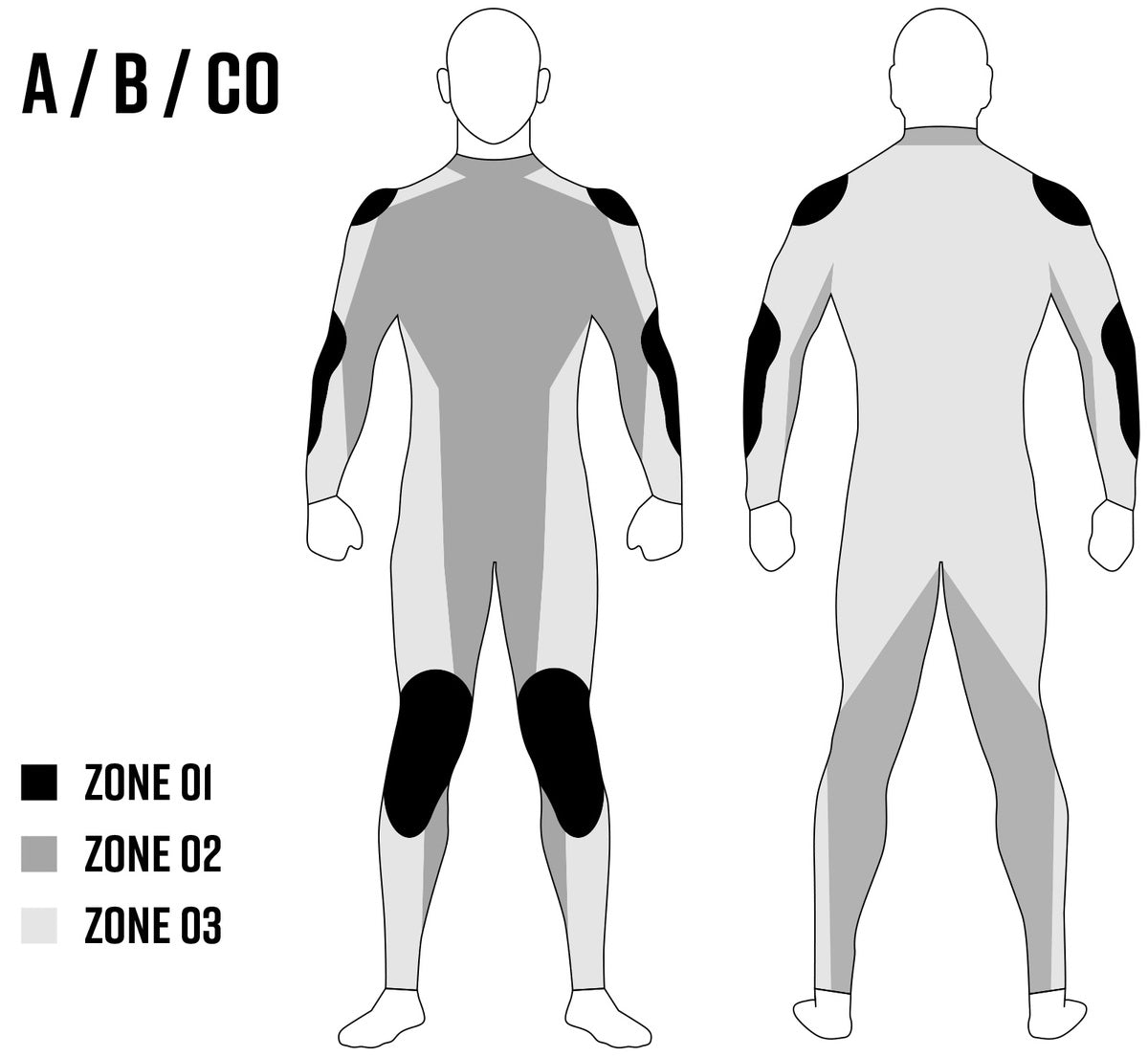 The markings on the graphic show the areas of the required tests for protection class A that have been passed.
The markings on the graphic show the areas of the required tests for protection class A that have been passed.
Class B - EN 17092-5:2020 and class C - EN 17092-6:2020:
For the sake of completeness, it should be mentioned that motorcycle clothing protection class B mainly offers light abrasion protection for city riding and occasional riders, but no impact protection, while class C - usually fitted with impact protectors - is only dedicated to impact protection.
*These are theoretical laboratory values!
Motorcycle gloves, boots and shoes are subject to special standards: EN 13594:2015 for gloves and EN 13634:2017 for shoes. These standards are therefore also decisive for the CE certification of these products.
The guarantee for safety at the highest level: AAA motorcycle protective clothing
As you have now learned, certified AAA motorcycle protective clothing is the ultimate when it comes to protection. This class offers the highest level of protection available and is ideal for you if you like to ride a little faster or go on long tours and simply don't want to compromise.
Incidentally, our premium brand ROKKER has managed to design jeans and jackets that not only meet these top safety standards, but are also so comfortable that you almost forget you're wearing high-tech protection. 
What does AA mean for clothing for bikers consequently?
Not every ride requires the highest protection class. Clothing in protection class AA offers a high level of protection and is particularly suitable for rides where you typically reach speeds of between 70 and 120 km/h. As a result, this protection class is also the optimal choice for bikers who are looking for a balanced mix of safety and comfort. But, and this is a big but, if you want to really step on the gas on the highway, you'd better wrap yourself in AAA motorcycle protective clothing.
Here too, we at ROKKER are pioneers to a certain extent, because all our AA-certified products are usually close to the 120 km/h limit in terms of their resistance, which is why you are also well protected in AA when things get a little faster.
How to recognize CE-certified motorcycle clothing by its label
If you want to be sure that your motorcycle clothing and equipment are CE-certified, there are a few simple indicators that will help you recognize this quickly.
For example, you will usually find a label sewn into the waistband of your motorcycle jeans, which contains similar information such as material and washing instructions, as well as important information about CE certification.
Look out for these signs to recognize CE-certified motorcycle clothing
There should be certain permanent markings on every CE-certified product, be it clothing, gloves, shoes or protectors.
These primarily include:
-
The name or trademark of the manufacturer
- such as ROKKER or the ROKKER logo
-
The exact product name
- such as ROKKERTECH Straight (AAA) can be found here
-
The number and year of the relevant standard
- B. EN 17092-3:2020 - which indicates that the clothing complies with the standard for protective clothing for motorcyclists
-
A correct pictogram showing the specific certification information
- The pictogram of a motorcyclist indicating the protection class - z. E.G. AA
-
The CE symbol is supplemented by a user information pictogram, usually in the form of a book symbol
- Each CE-certified product is accompanied by user information with detailed explanations of the CE label, tips on using and caring for your equipment and other useful information in various languages.
- Information on size and material
Each of these elements on the product label plays an important role. By understanding and correctly interpreting the CE labels, you can make an informed decision about the equipment that not only meets your safety needs, but also perfectly suits your individual riding style.
Comfort or safety - ROKKER offers you both!
Whether you opt for class AA or AAA - when it comes to motorcycle clothing, safety is not a minor matter. It is important that you always feel completely safe on all your tours and that you always adapt your clothing to your riding style. Before ROKKER, however, safe motorcycle clothing was all too often a compromise between style and safety - usually bulky, inflexible and anything but fashionable. For some people, this meant that style was ultimately more important than protection. But those days are over.
We at ROKKER always combine the preventive properties of the respective motorcycle clothing protection classes in our products and show that both are possible - safety and style.
With our unique clothing lines, we stand for trendy and comfortable biker wear, which we always combine with the highest safety aspects. Whether casual AAA-certified jeans or stylish jackets in AA: choose ROKKER, because safety is not a coincidence, but a conscious decision!



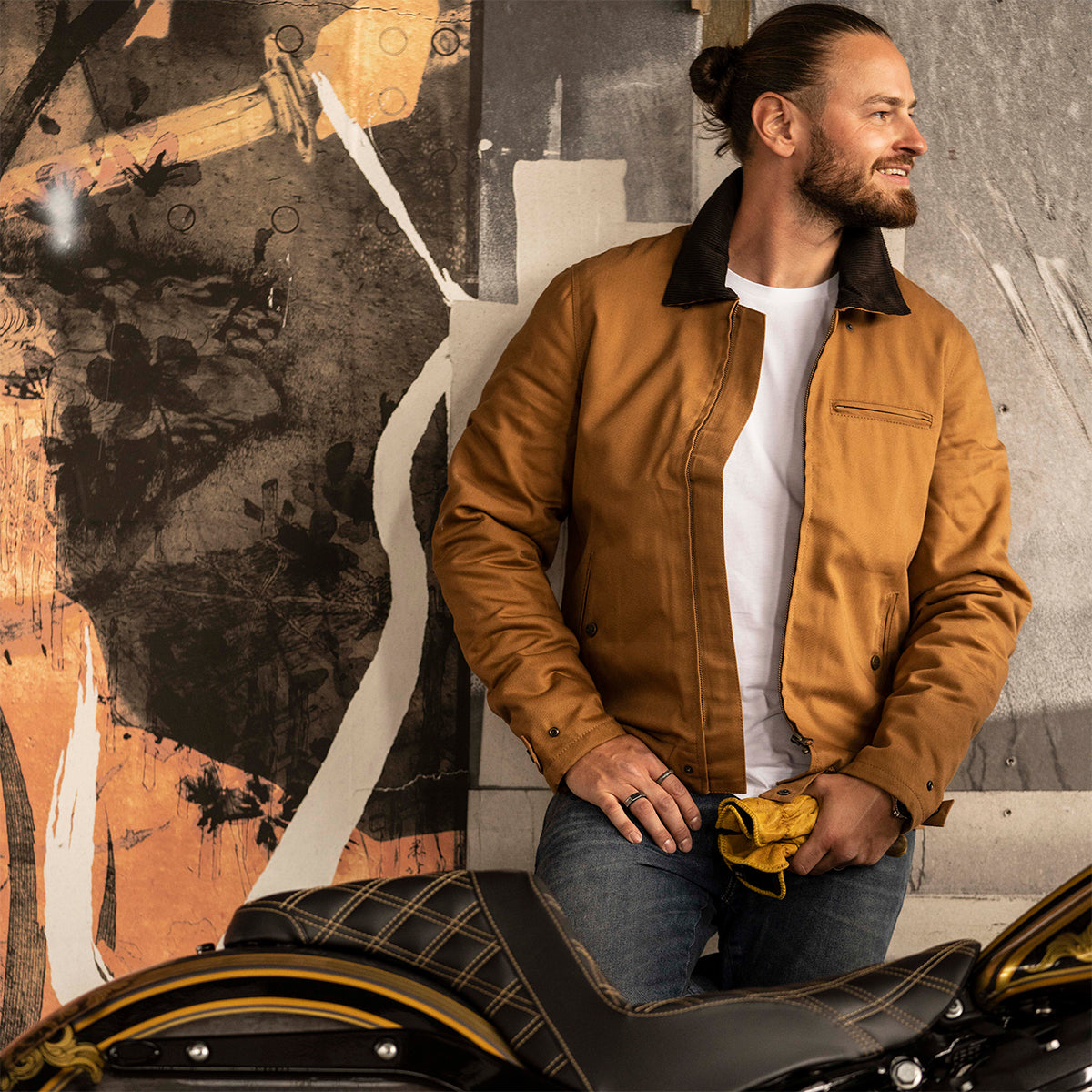
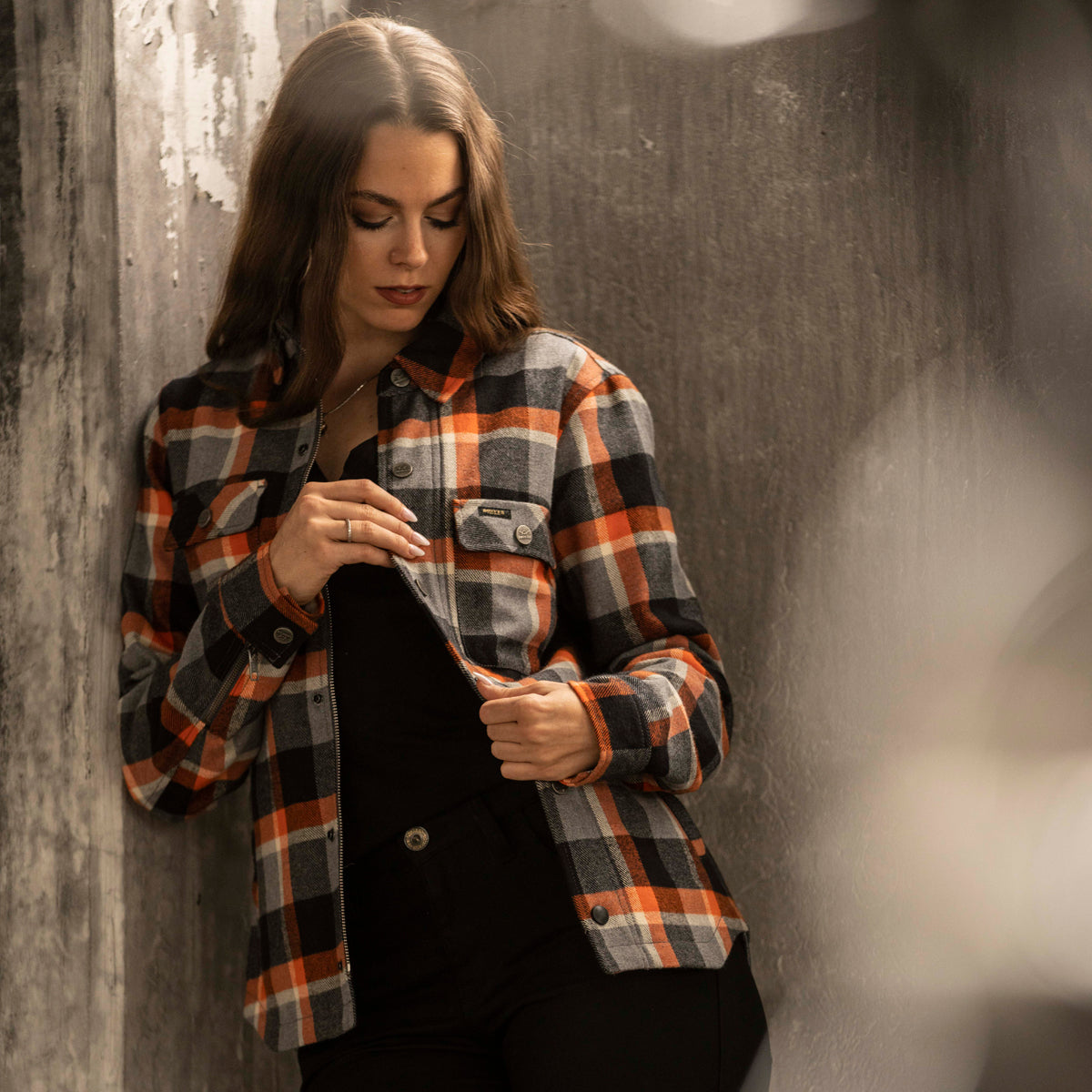



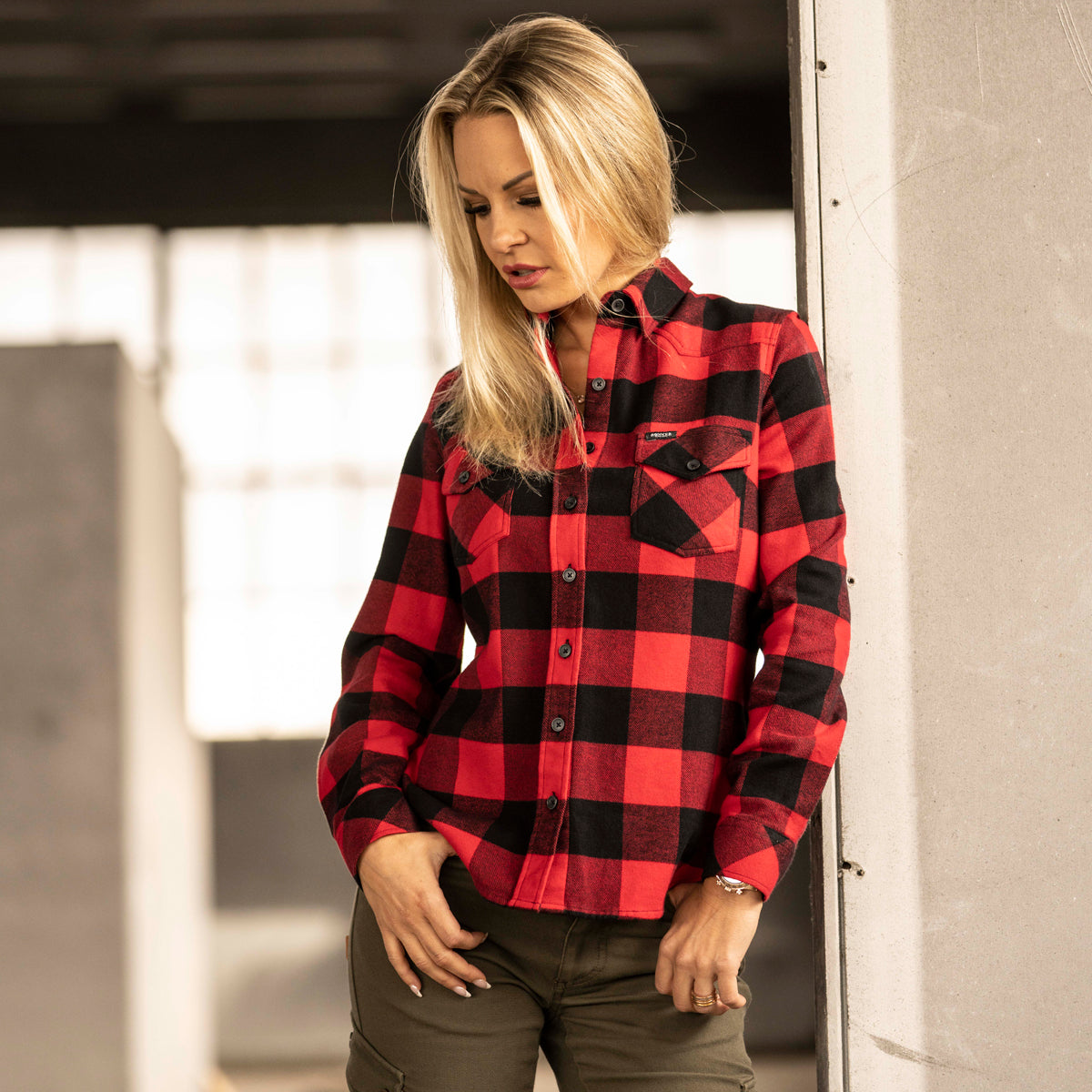



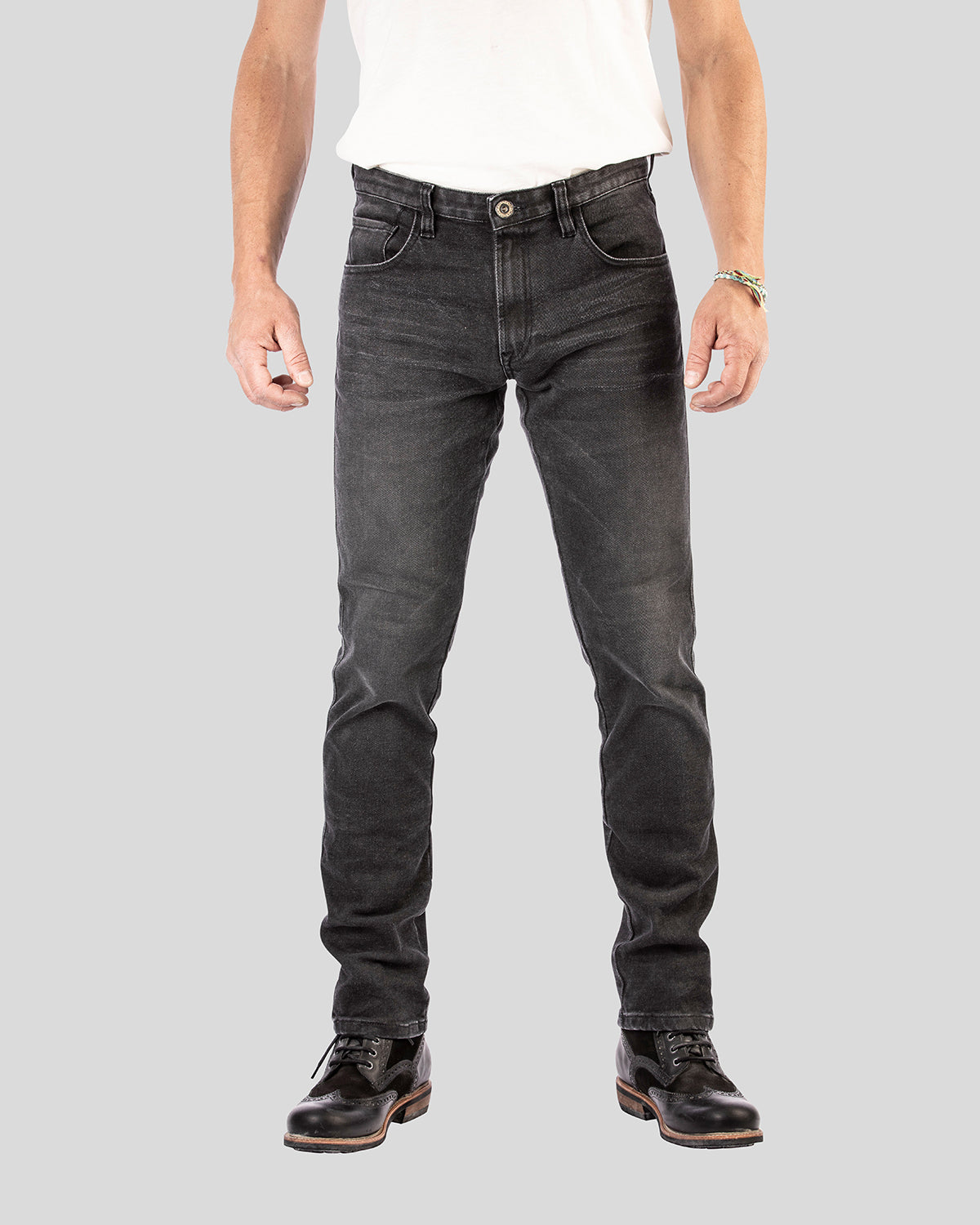
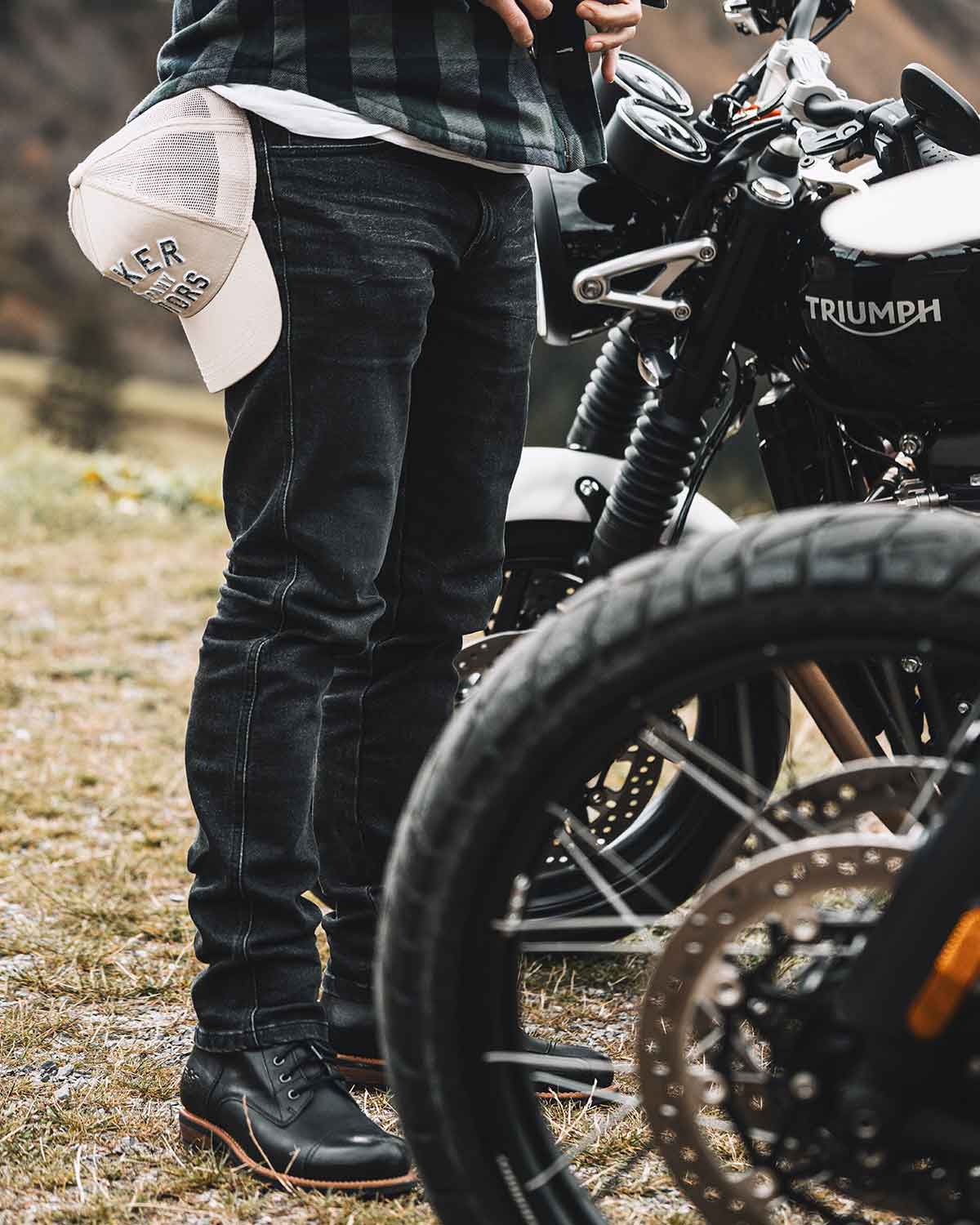

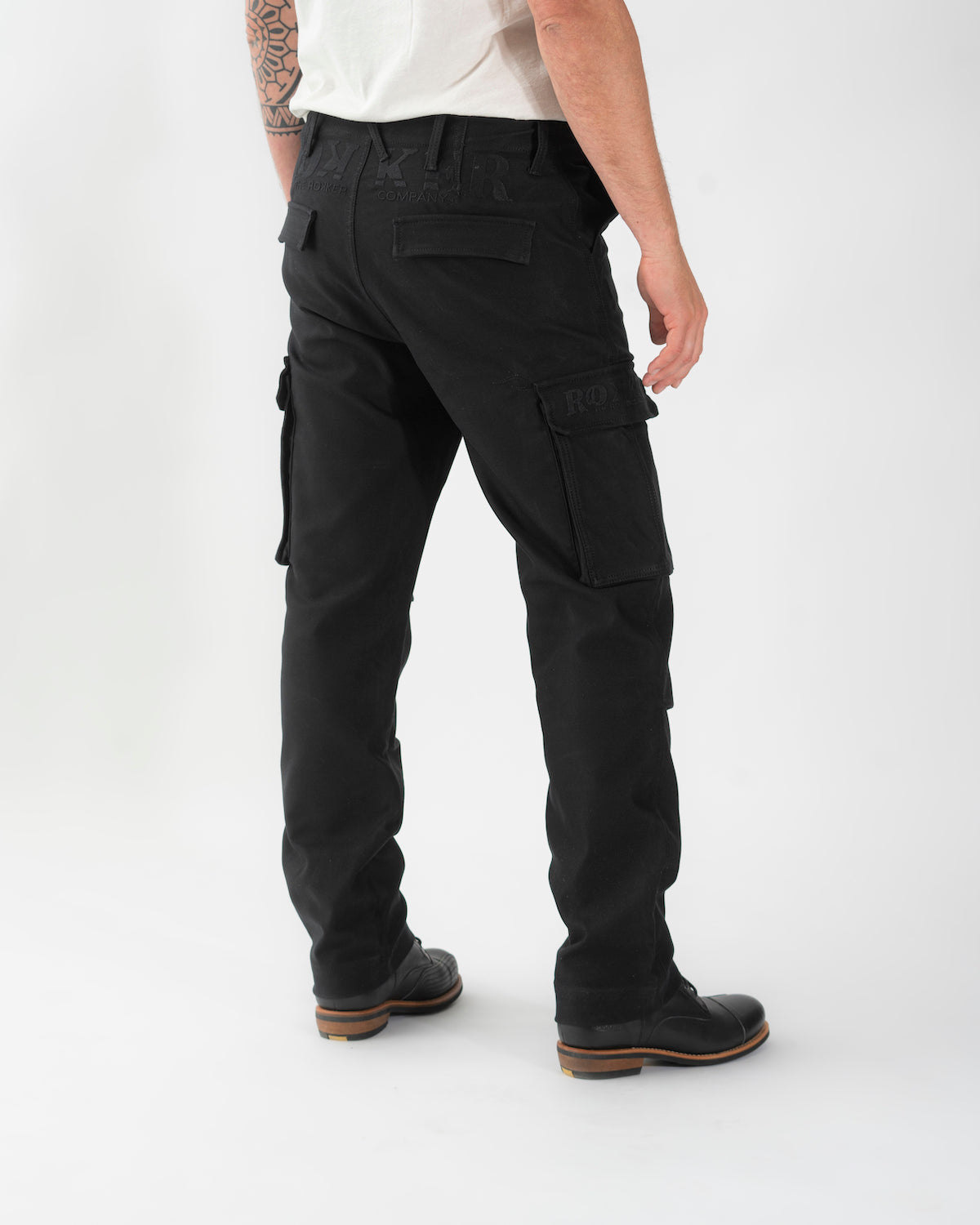

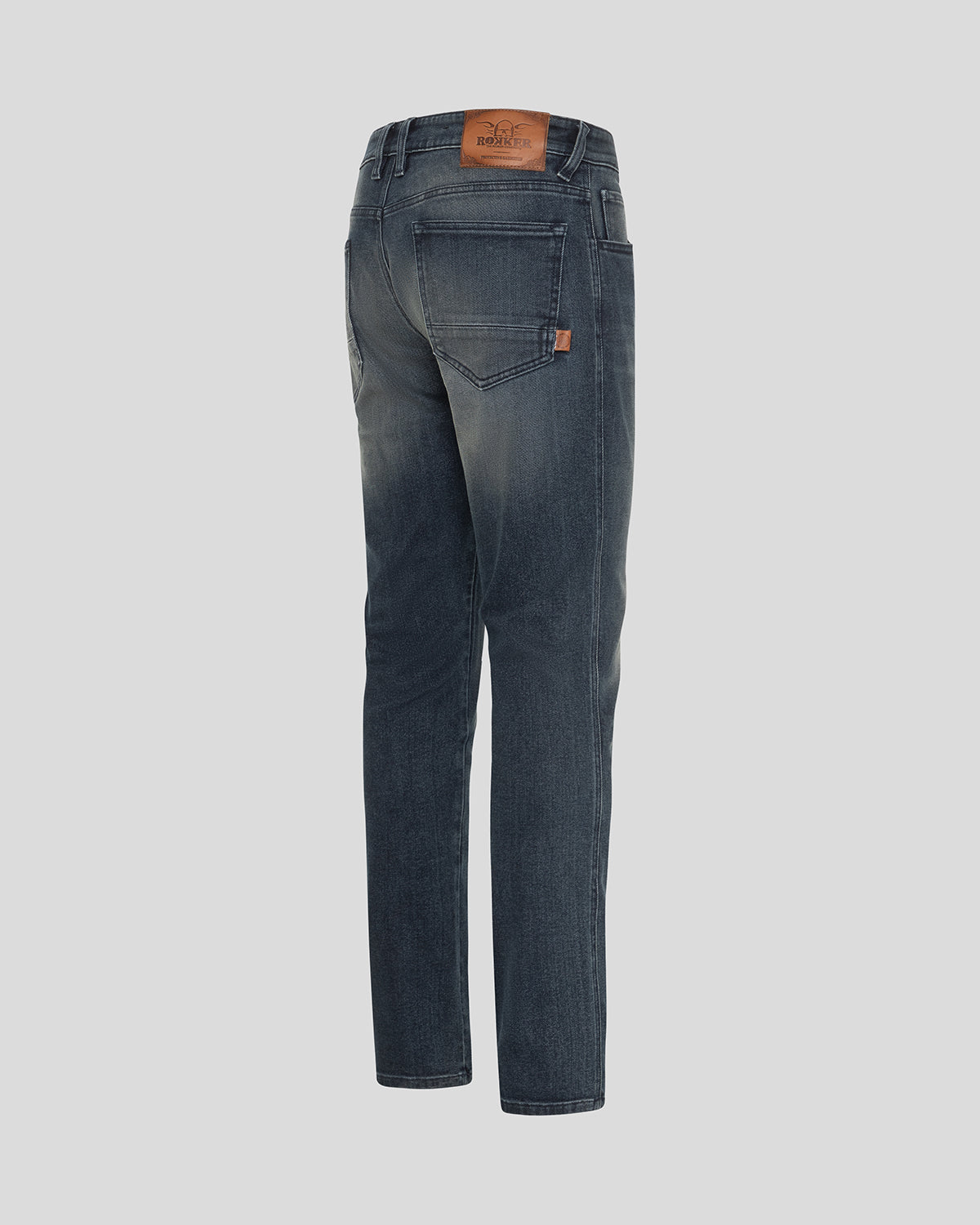
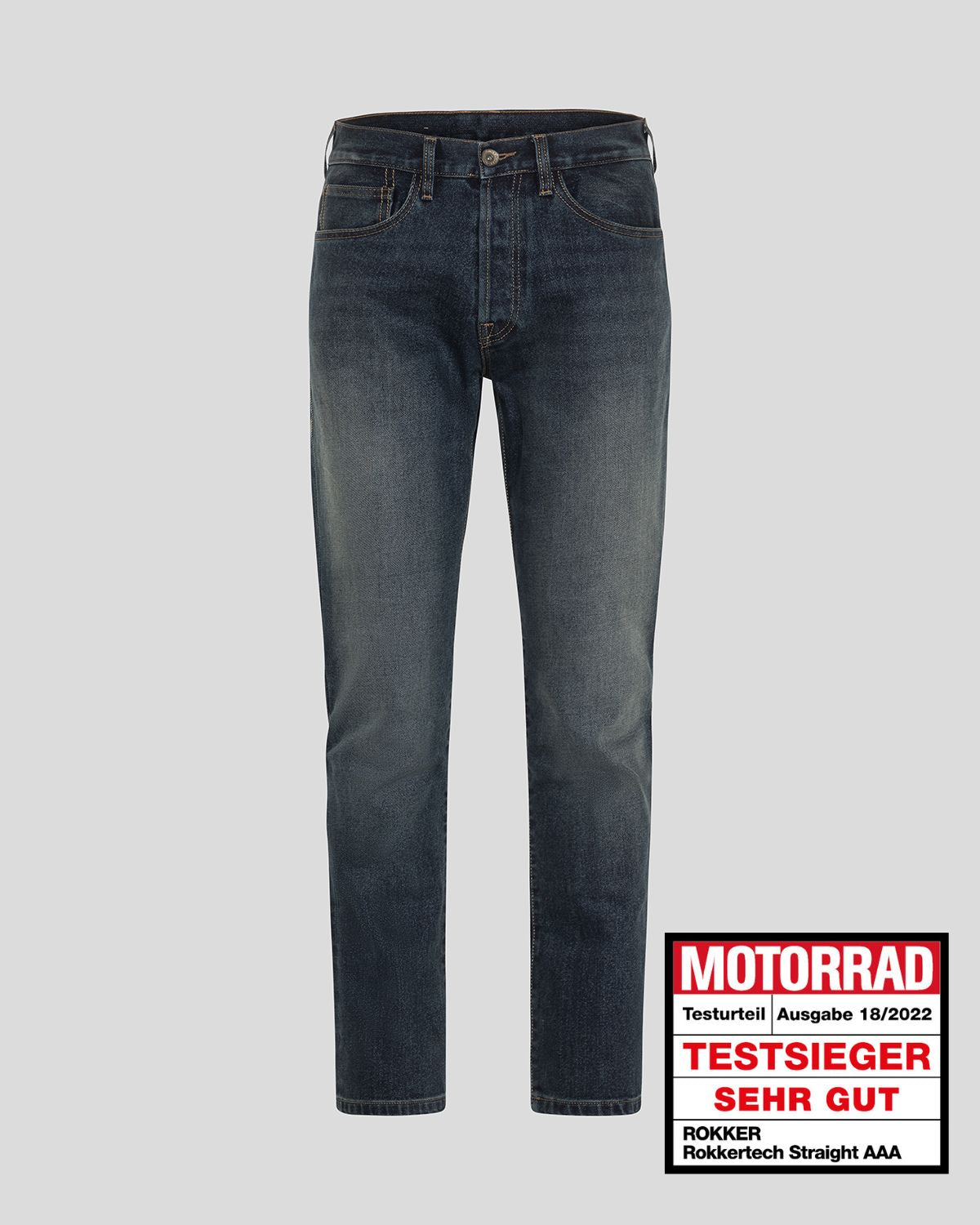


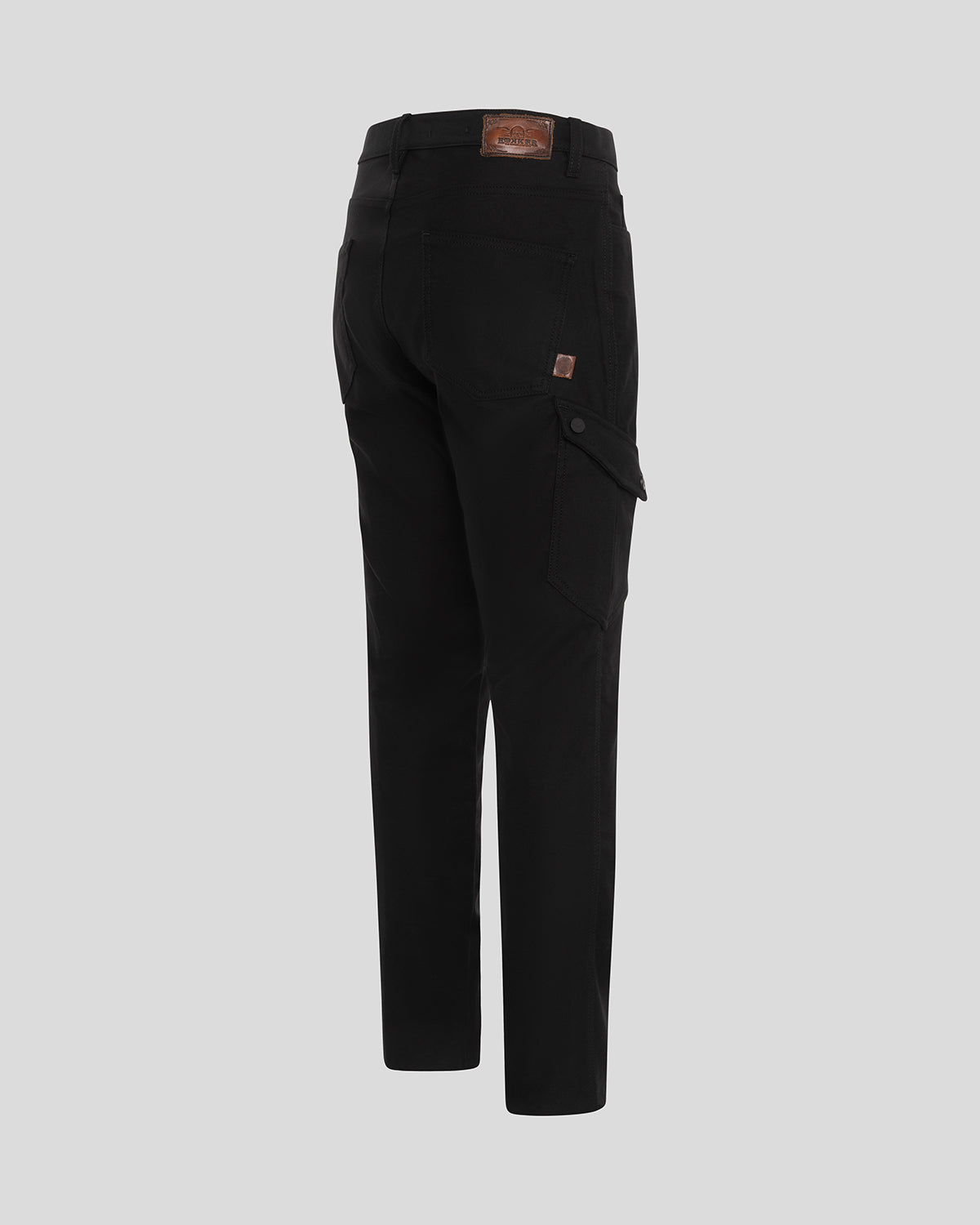

Leave a comment
This site is protected by hCaptcha and the hCaptcha Privacy Policy and Terms of Service apply.